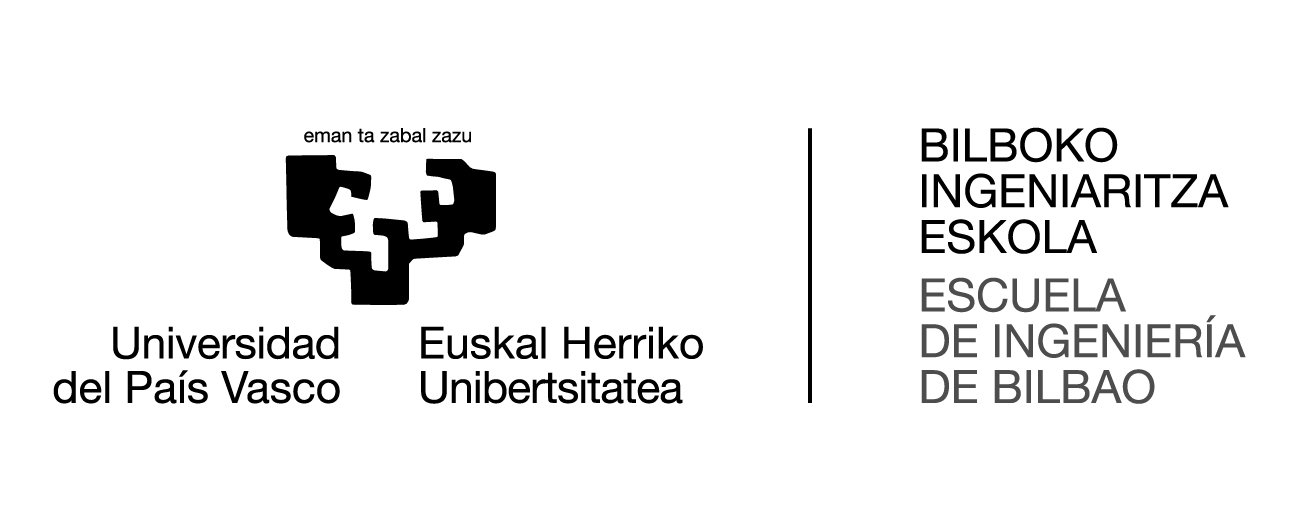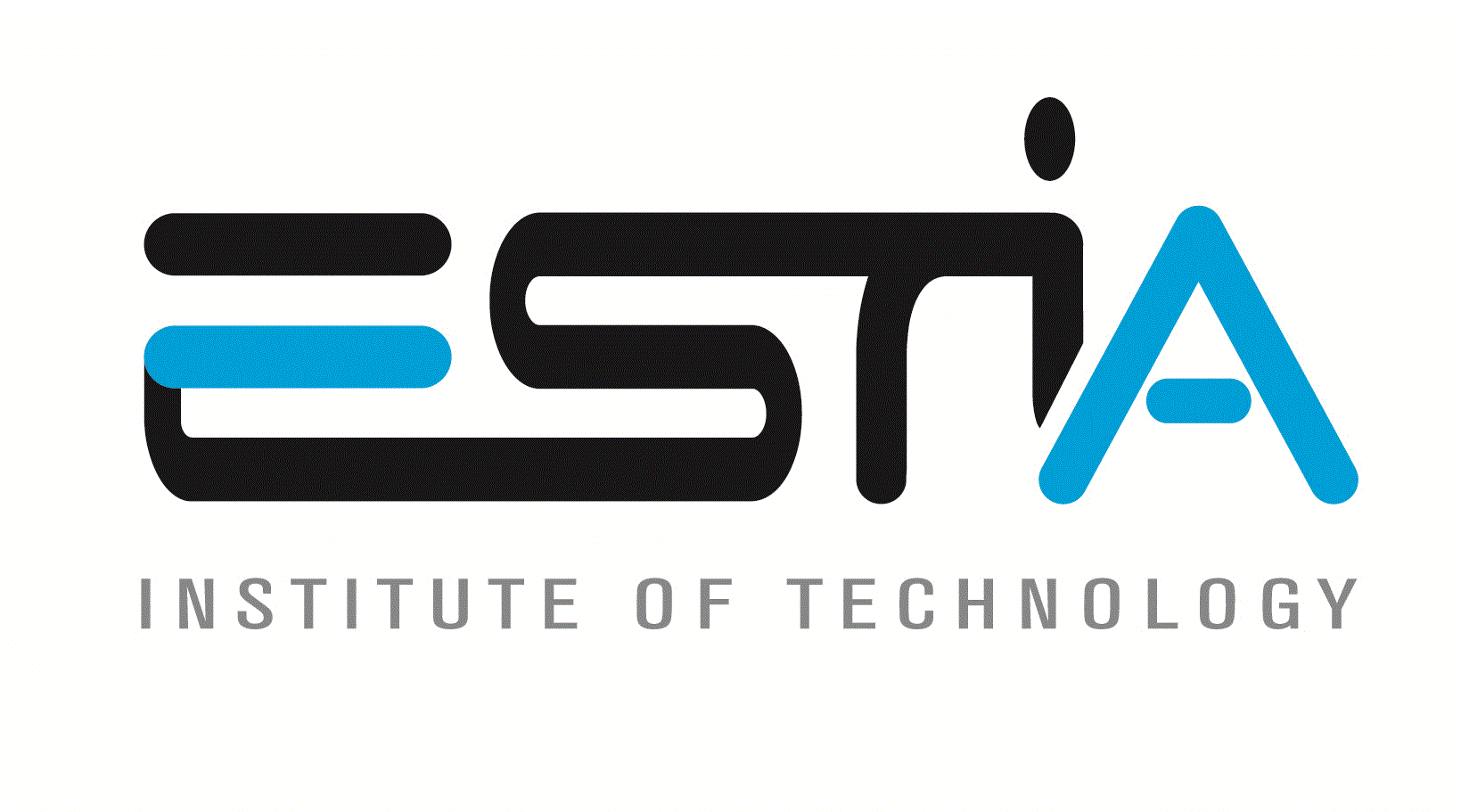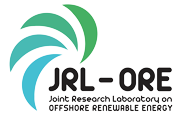
banner top

Ph. D. Thesis
Control solutions for multiphase permanent magnet synchronous machine drives applied to electric vehicles
- Doctoral student:
- Andres Mauricio Sierra González
- Director(s):
- Edorta Ibarra, Elena Trancho
- Description:
Road transport is one of the main contributors of greenhouse gas emissions. According to the most recent scientific literature, the massive introduction of electric vehicles (EV) is, among other aspects, necessary to effectively mitigate global warming. Therefore, the automotive industry and various national and international government agencies are investing many resources in developing the technologies needed to achieve this goal. Thanks to these efforts, new propulsion systems for EVs are being developed.
Multiphase machines are a promising technology to be included in such novel propulsion systems. They offer several advantages when compared to conventional three-phase machines such as higher power/torque density, fault tolerance, lower torque ripple, and higher efficiency. Among all the available multi- phase architectures, dual three-phase permanent magnet synchronous machine (PMSM) drives are mainly selected for EV applications, as the technological transition from three-phase systems is relatively straightforward and their power density is very high. In line with stringent future automotive requirements, the European Union-funded FITGEN project proposes a novel traction solution for next generation EVs. It incorporates a six-phase SiC inverter driving a novel high-speed dual three-phase interior PMSM (IPMSM), which is characterized by its high power density. A dc/dc converter is also included between the battery pack and the power inverter to enable fast dc charging capabilities at high volt- age. In order to avoid the utilization of more expensive and less efficient power switches with high blocking voltage values, a cascaded dc-link configuration is adopted for the six-phase inverter.
This thesis is aligned with the aforementioned research project. It aims to design, develop and validate novel control solutions for the dual three-phase drive with cascaded dc-link configuration developed within such project. The controller must provide an accurate torque regulation for a highly coupled dual three-phase topology. Also, the control system must operate at high-speeds (up to 22.500 rpm) and with switching frequencies up to 24 kHz. Full-speed range operation dealing with high magnetic saturated IPMSM must be also achieved. Finally, the incorporation of an active voltage balancing algorithm is mandatory, due to the nature of the cascaded dc-link configuration.
Taking all the previous into account, a comprehensive analysis and under- standing of the mathematical expressions which represent the physical behavior of star-connected n-phase multiphase machines is carried out. This generalized study facilitates the development of accurate electric drive models based on multiphase architectures. In particular, the modeling of multiphase machines in their natural per-phase quantities is presented. Then, this model is simplified through the application of convenient vector transformations. In this part of the thesis, some simulation results are provided for illustrative purposes.
These generalized modeling methodologies are then particularized for automotive symmetrical dual-three phase IPMSM drives, where three modeling approaches are described. The first one represents the drive in its natural per- phase variables, while the rest are based on vector transformations. The multiphase model is obtained by applying a six-phase vector transformation that considers the electromagnetic couplings between winding sets. In contrast, the double three-phase model is a simplified representation, which is obtained by applying conventional three-phase vector transformations to each three-phase set of the drive. Therefore, three-phase quantities are explicitly represented in the double three-phase model. Such models are instrumental, first to assist the design of the novel control solutions proposed in this thesis, and then to perform preliminary simulation validations.
After completing the modeling analysis, three specific vector torque control solutions for symmetrical dual three-phase IPMSMs are presented. First, the double three-phase controller allows the independent regulation of the per three- phase set currents. The second one, the multiphase controller, allows an accurate torque regulation, as it accounts the effects of electromagnetic coupling between the two three-phase sets of the machine. The last one, named as hybrid torque control, is a novel contribution of this thesis. It takes advantage of a novel matrix transformation and combines the vector representations of the other two control solutions to enhance their advantages and overcome their drawbacks. The novel controller incorporates the components required to deal with the particular operating conditions of an automotive drive. For instance, a current set-point generator based on a speed normalization block, a voltage constraint tracking loop and 2D Look-up Tables (LUTs) is presented. This component aims to provide the required current references for accurate torque regulation over the entire speed range, while addressing the high magnetic saturation of the machine, cross coupling effects and field weakening operation. Also, current regulation loops and modulation algorithms adapted to the dual three-phase scenario are presented.
An accurate mathematical model of the cascaded dc-link configuration for a dual three-phase drive is also presented. Aided by this mathematical representation, a novel active voltage balancing algorithm is developed to operate the drive within the full speed and torque range. Then, this algorithm is incorporated into the hybrid and double three-phase torque controllers. Simulation results show that the hybrid solution is superior to the double three-phase one. It is also demonstrated that the incorporation of the balancing algorithm is mandatory for the drive including a cascaded dc-link configuration, as its deactivation leads to instabilities that jeopardize the integrity of the propulsion system.
Finally, the proposed hybrid torque control solution with voltage balancing capabilities is experimentally validated. Initially, the proposed controller is integrated in a dSPACE MicroAutoBox II Rapid Control Prototyping (RCP) real-time digital platform. Then, the control system is validated at TRL-6 over a laboratory test-bench, incorporating a full-scale prototype with a peak power of 135 kW, developed within the context of the FITGEN project. These initial tests show the need of implementing an interleaved PWM modulation scheme due to the presence of overlapping windings in the machine’s stator. After this modification, the controller is extensively tested in the laboratory under various operation profiles, including four driving cycles. Next, the drive prototype is integrated in a real EV, and the novel controller is validated at TRL-7, both in dynamometer and on-road tests. Thanks to this, the industrial applicability of dual three-phase IPMSM drives with cascaded dc-link configuration is assessed, and the proposed control solutions are fully validated for their utilization in real automotive applications.








